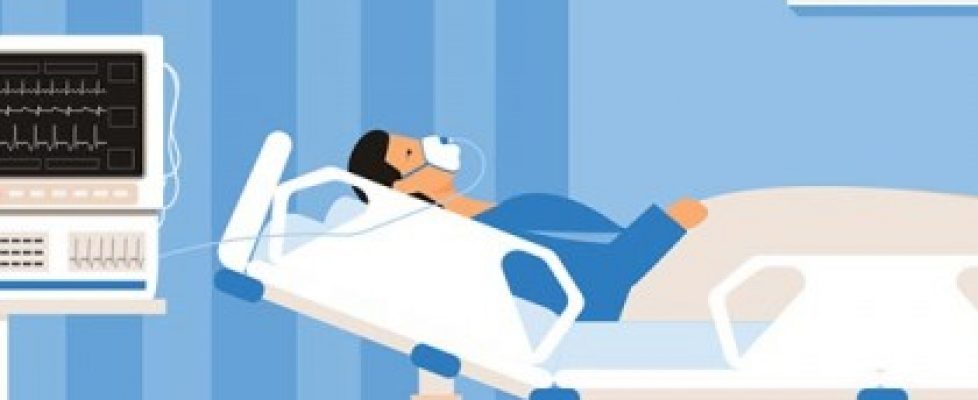Hospital-at-Home Model Yields Lower Costs, Fewer Hospitalizations for Cancer Patients
Cancer patients who receive hospital-at-home care are less likely to experience unplanned hospitalizations, new research suggests. Those individuals likewise account for lower health care costs.
The new findings — focused on Huntsman at Home, a cancer hospital-at-home model operated by the Huntsman Cancer Institute at the University of Utah — were published earlier this month in the Journal of Clinical Oncology.
Specifically, researchers examined Huntsman at Home’s rate of unplanned hospitalizations, health care costs, emergency department utilization and hospital length of stays. The study included 367 patients, randomized to either oncology hospital-at-home care or traditional care.
Overall, researchers found that hospital-at-home cancer patients had 55% fewer hospitalizations and 45% fewer emergency department visits, as well as shorter hospital length of stays.
Additionally, researchers found that health care costs were 47% lower for Huntsman at Home patients.
“Although cancer treatment is largely provided in the ambulatory setting, unplanned hospitalizations and emergency department visits are common, particularly for symptoms and toxicities such as pain, dehydration, and neutropenic fever, and contribute to substantial costs,” researchers wrote in the Journal of Clinical Oncology.
These findings are significant because there are few models that address the home-based care needs of cancer patients, or provide an alternative to traditional brick-and-mortar settings.
In that sense, the Huntsman at Home program — which originally launched in 2018 — is an anomaly. The program was one of the first in the U.S. to deliver acute level cancer care in the home setting.
To pull this off, Huntsman at Home combines in-person care, caregiver support, remote patient monitoring and clinical care provided by nurse practitioners. The program also offers symptom management, post-surgical care, palliative care and end-of-life care.
The care team includes nurse practitioners and oncologists. The team also includes registered nurses, social workers and physical therapists, through a partnership with home health and hospice provider Community Nursing Services.
One major takeaway from the study is that hospital-at-home is a safe, effective and low-cost care delivery model for cancer patients.
“Such programs could keep patients at home, provide services that would otherwise require hospitalization, and better control symptom fluctuations while protecting immunosuppressed and frail patients with cancer from exposure to hospital-acquired bacterial and viral infections,” researchers wrote. “Such programs also have the potential to reduce costs.”
In general, the findings fall in line with past studies that have highlighted the benefits of the hospital-at-home model.
In light of the COVID-19 emergency, health systems and hospitals have more readily embraced the hospital-at-home model. This is, partly, the result of the U.S. Centers for Medicare & Medicaid Services (CMS)’s “Acute Hospital Care At Home” wavier program, which was first introduced in November.
The waiver program, a CMS COVID-19 relief measure, has created room for providers to receive compensation for delivering acute care in the home. Historically, reimbursement has been a major roadblock for providers.
As more health systems and hospitals apply for CMS’s waiver, it’s likely more programs similar to Huntsman at Home will spring up.
All in all, 56 health systems and 129 hospitals were participating in CMS’s Acute Hospital Care at Home program as of mid-May.

